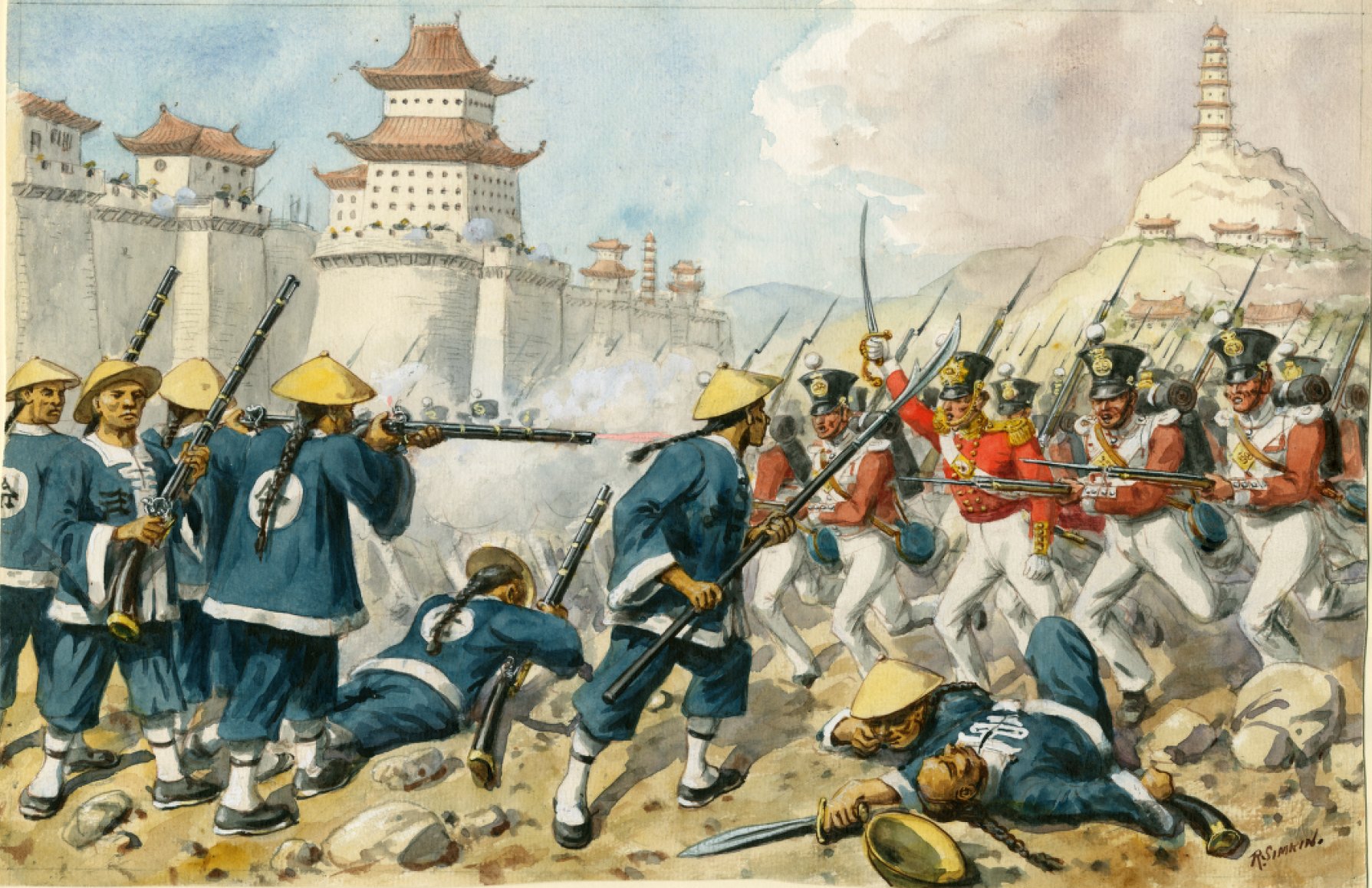|
Henriette Sjöberg
Henrietta (Henriette) Wilhelmina Sofia Sjöberg (6 April 1842 — 6 February 1915) was a Swedish painter, illustrator and art teacher. She is remembered for contributing some 200 meticulously crafted watercolours of Swedish cultivated plants to the Sveriges Kulturväxter project. After the project was abandoned in 1896, she produced botanical wall plates for schools and contributed illustrations to the Swedish Horticultural Association's two-volume work on Swedish fruits. From 1901, Sjöberg spent the rest of her life as a drawing and painting instructor at the Royal Swedish Academy of Agriculture and Forestry. Many of her works can be seen in Sweden's Nordic Museum. Early life and education Born on 6 April 1842 in Linköping, Henrietta Wilhelmina Sofia Sjöberg was the daughter of Anders Gustaf Sjöberg and his wife Helena Sofia née Andersdotter. After growing up in Stockholm, when she was 17 she attended the handicrafts school Konstfack, Slöjdskolan which had just begun to admi ... [...More Info...] [...Related Items...] OR: [Wikipedia] [Google] [Baidu] |
1842 Births
Events January–March * January 6–January 13, 13 – First Anglo-Afghan War – Massacre of Elphinstone's army (Battle of Gandamak): British East India Company troops are destroyed by Afghan forces on the road from Kabul to Jalalabad, Afghanistan, by Wazir Akbar Khan, Akbar Khan, son of Dost Mohammad Khan (Emir of Afghanistan), Dost Mohammad Khan. * January 8 – Delft University of Technology is established by William II of the Netherlands, as a 'Royal Academy for the education of civilian engineers'. * January 23 – Antarctic explorer James Clark Ross, charting the eastern side of James Ross Island, reaches a Farthest South of 78°09'30"S. * January ** Michael Alexander (bishop), Michael Alexander takes office, as the first appointee to the Anglican-German Bishopric in Jerusalem. ** United States, American medical student William E. Clarke of Berkshire Medical College becomes the first person to administer an inhaled anesthetic, to facilitate a surgical procedure. ... [...More Info...] [...Related Items...] OR: [Wikipedia] [Google] [Baidu] |
19th-century Swedish Women Painters
The 19th century began on 1 January 1801 (represented by the Roman numerals MDCCCI), and ended on 31 December 1900 (MCM). It was the 9th century of the 2nd millennium. It was characterized by vast social upheaval. Slavery was abolished in much of Europe and the Americas. The First Industrial Revolution, though it began in the late 18th century, expanded beyond its British homeland for the first time during the 19th century, particularly remaking the economies and societies of the Low Countries, France, the Rhineland, Northern Italy, and the Northeastern United States. A few decades later, the Second Industrial Revolution led to ever more massive urbanization and much higher levels of productivity, profit, and prosperity, a pattern that continued into the 20th century. The Catholic Church, in response to the growing influence and power of modernism, secularism and materialism, formed the First Vatican Council in the late 19th century to deal with such problems and confirm cer ... [...More Info...] [...Related Items...] OR: [Wikipedia] [Google] [Baidu] |

